Illustrative Guide to Accounting for Insurance Contracts is a comprehensive and application-focused resource that simplifies the principles of Ind AS 117 (Insurance Contracts). Drawing upon IFRS 17 concepts and numerous practical examples, the book aims to guide readers through the complex landscape of insurance accounting—from identifying and classifying insurance contracts to advanced topics such as the General Measurement Model, Premium Allocation Approach, and Variable Fee Approach. It also discusses disclosures, transition requirements, and practical case analyses based on selected European insurers’ accounting policies and disclosures under IFRS 17.
This book is intended for the following audience:
- Insurance and Finance Professionals – Accountants, controllers, actuaries, and financial managers working in or with insurance companies who need a practical, example-oriented guide
- Auditors & Consultants – Professionals engaged in auditing or advising clients on IFRS 17/Ind AS 117 compliance
- Regulators & Standard Setters – Those involved in formulating or reviewing insurance contract accounting guidelines
- Students & Academics – Scholars of finance and accounting who want a deeper understanding of insurance accounting principles and their practical implementation
The Present Publication is the Latest Edition, authored by T.P. Ghosh, with the following noteworthy features:
- [Practical Focus] Emphasises practical application with 45+ illustrative examples detailing data flows and accounting entries from initial recognition to presentation in financial statements
- [Comprehensive Coverage] Addresses all critical aspects of Ind AS 117/IFRS 17, including insurance contract boundaries, risk adjustment, discount rate selection, the concept of the contractual service margin, identifying onerous contracts, etc.
- [Case Analyses of European Insurers] Includes in-depth reviews of IFRS 17-based accounting policies and disclosures of leading European insurance companies—such as Aegon N.V., AXA S.A., Aviva plc., Munich Re, CNP Assurances S.A., and Swiss Life
- [Step-by-step Transition Guidance] Offers insights on transitioning from Ind AS 104 to Ind AS 117 and understanding the interplay with IFRS 17 requirements.
- [Authoritative Authorship] Authored by Dr T.P. Ghosh—a highly respected educator and author with extensive expertise in Indian Accounting Standards, IFRS, and corporate accounting practices
The coverage of the book is as follows:
- Key Principles of Ind AS 117
- From scope and definitions to advanced measurement approaches
- Insurance Accounting Models
- Detailed examples of the General Measurement Model, Premium Allocation Approach, and Variable Fee Approach
- Identification & Classification
- How to distinguish insurance contracts from other financial instruments, plus guidance on separating components such as embedded derivatives
- Measurement of Insurance Contract Liability
- Methods for estimating future cash flows, setting discount rates, and determining contractual service margins
- Onerous Contracts
- Identifying and measuring loss components and handling subsequently onerous contracts
- Reinsurance Contracts Held
- Comprehensive illustrations of the accounting principles and interplays between underlying contracts and reinsurance
- Disclosures & Transition
- Best practices for financial statement presentation, plus strategies to implement Ind AS 117 with minimal disruption
- Appendices
- Appendix I – Ind AS 104 offers a historical perspective
- Appendix II – Amendments introduced by Ind AS 117 to other Ind ASs
The structure of the book is as follows:
- Chapter 1 | Introduction
- Background of IFRS 17/Ind AS 117, objectives, scope, and scope exclusions
- Illustrative case showing disclosure of IFRS 17/Ind AS 117 impact
- Chapter 2 | Identifying Insurance Contracts
- Meaning and scope of insurance contracts
- Examples of significant insurance risk, separating components (investment, embedded derivatives), and level of aggregation
- Chapter 3 | Estimates of Cash Flows
- Techniques for unbiased projection of cash flows within contract boundaries
- Risk adjustment for non-financial risk
- Chapter 4 | Selection of Discount Rates
- Guidance on determining appropriate discount rates and handling unobservable inputs
- Chapter 5 | Recognition & Measurement—General Measurement Model
- Detailed examples of calculating fulfilment cash flows, contractual service margin, and insurance revenues/expenses
- Treatment of multi-period contracts and separation of investment components
- Chapter 6 | Onerous Contracts
- Identification of onerous contracts, establishment of loss components, and subsequent reversals
- Chapter 7 | Premium Allocation Approach (PAA)
- Conditions for using PAA, practical examples, and simplified measurement approaches for short-duration contracts
- Chapter 8 | Variable Fee Approach (VFA)
- Insurance contracts with direct participation features
- Step-by-step illustrations of calculation and presentation under VFA
- Chapter 9 | Reinsurance Contracts Held
- Accounting principles and worked examples for reinsurance contracts, including discounted cash flows
- Chapter 10 | Acquisition of Insurance Contracts
- Treatment of acquisition costs, business combinations, and impairment assessment
- Chapter 11 | Disclosures
- Required disclosures under Ind AS 117 and IFRS 17, with real-world excerpts from European insurers
- Chapter 12 | Transition to Ind AS 117
- Retrospective, modified retrospective, and fair value approaches
- Comparative information and redesignation of financial assets
- Appendix I | Ind AS 104 – A Historical Perspective
- Appendix II | Amendments to other Ind ASs – How Ind AS 117 affects existing standards


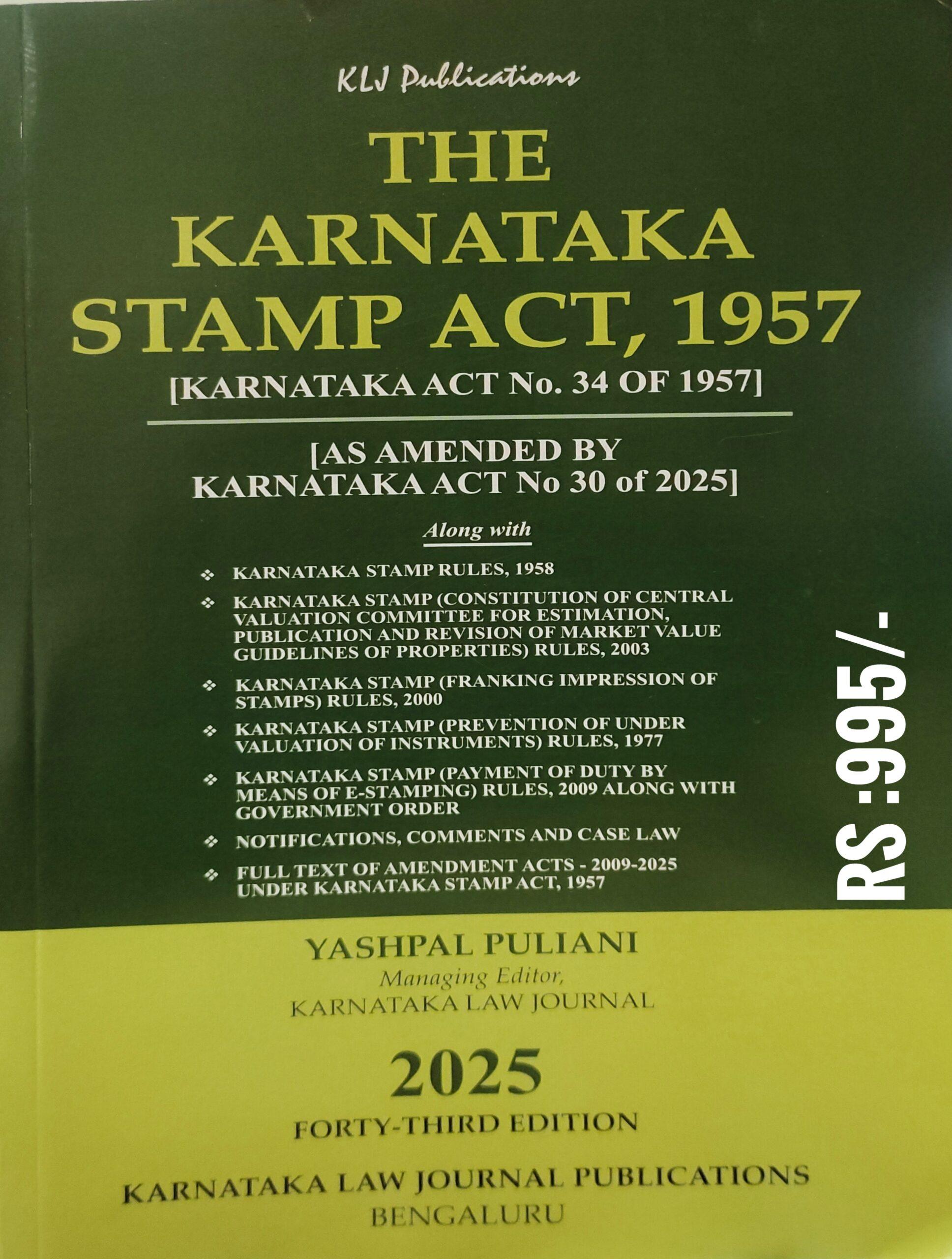

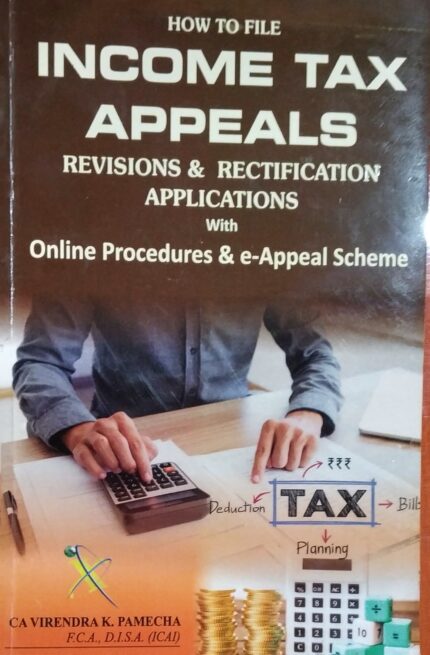

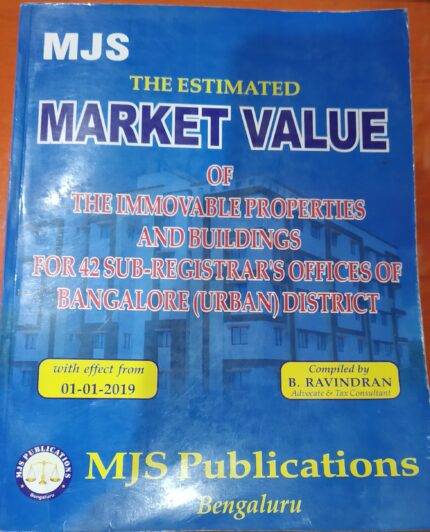
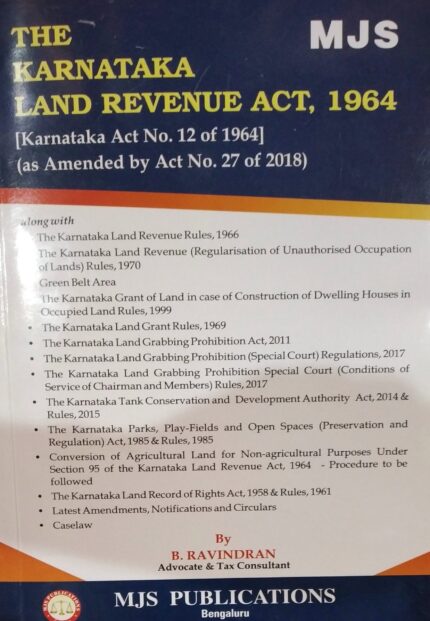

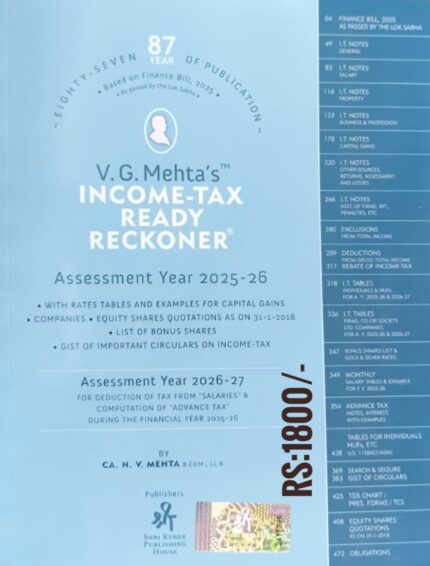
Reviews
There are no reviews yet.